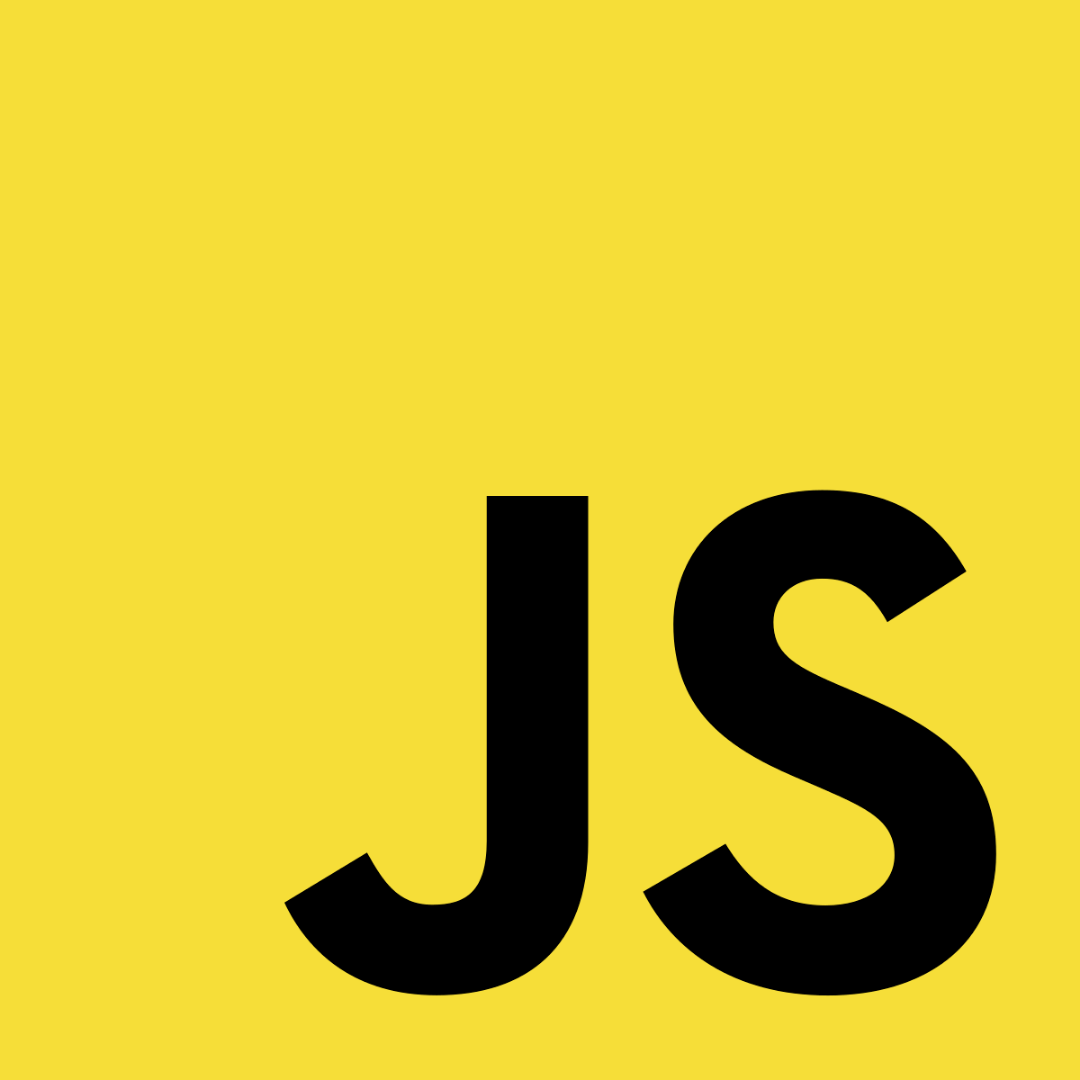Javascript development
Fast loading times with the best user experience. With our JavaScript applications, your web apps work really fast.
Count on our specialists
Codana specialises in developing high-performance JavaScript applications with various frameworks.
We offer our services in project and consultancy mode, focusing on quality and long-term collaboration.
We use React.js and Vue.js for performant frontend experiences.
As backend technology we apply Node.js, for example to enable real-time communication.

Our JavaScript frameworks
What is JavaScript?
JavaScript is the most common implementation of the ECMAScript specification.
Developed in 1993, JavaScript, often abbreviated as JS, is one of the basic building blocks of the web along with HTML and CSS. It is often used to add interactivity to web pages or web applications that would otherwise only display static information.
Since the 2010s Javascript has become immensely popular again, resulting in a great evolution and proliferation of different Javascript frameworks. Modern Javascript apps are often seen as the logical successor to Adobe Flash, because it also offers graphical, dynamic surfing experiences.

Interested in our JavaScript development services? Get in touch and we will respond as soon as possible!
How we use JavaScript
Examples
In a standard, monolithic, application we mainly use JS to add extra functionality to applications, this varies from adding modal windows, interactive modules or slideshows to more radical things like searching a page, or dynamically loading other parts of the page. Data real-time loading has the biggest advantage of faster loading times.
Headless
For a decoupled application, where we view the frontend (the visible/usable part of the website) as a separate application, we also use JavaScript. The result is a single page application, which loads and interacts quickly. A much better user experience is the result. Working headless in some projects also has advantages for marketing teams.
Flexible
Javascript is a programming language that allows for different ways of programming; event-driven, functional, object-oriented or imperative. This flexibility allows the developer to use his favourite way of programming.
Fullstack
Javascript is usually used in the end user's browser to provide functionality there, but since 2009 there has also been Node.js. In this form, JS can also be used to work on the server, making Javascript a full-stack language.
Node.js is often used to realise real-time or asynchronous parts of a website. This fits perfectly into the microservice architecture, which lets programming languages do what they are good at and create small, individual modules with specific functionality. Easy maintainability and reliability are the logical advantages.
Looking for a web app that makes you happy?
Let's see how we can help you get ahead.

